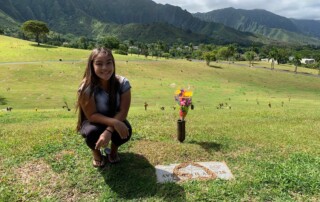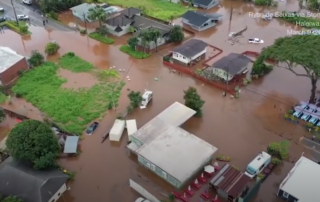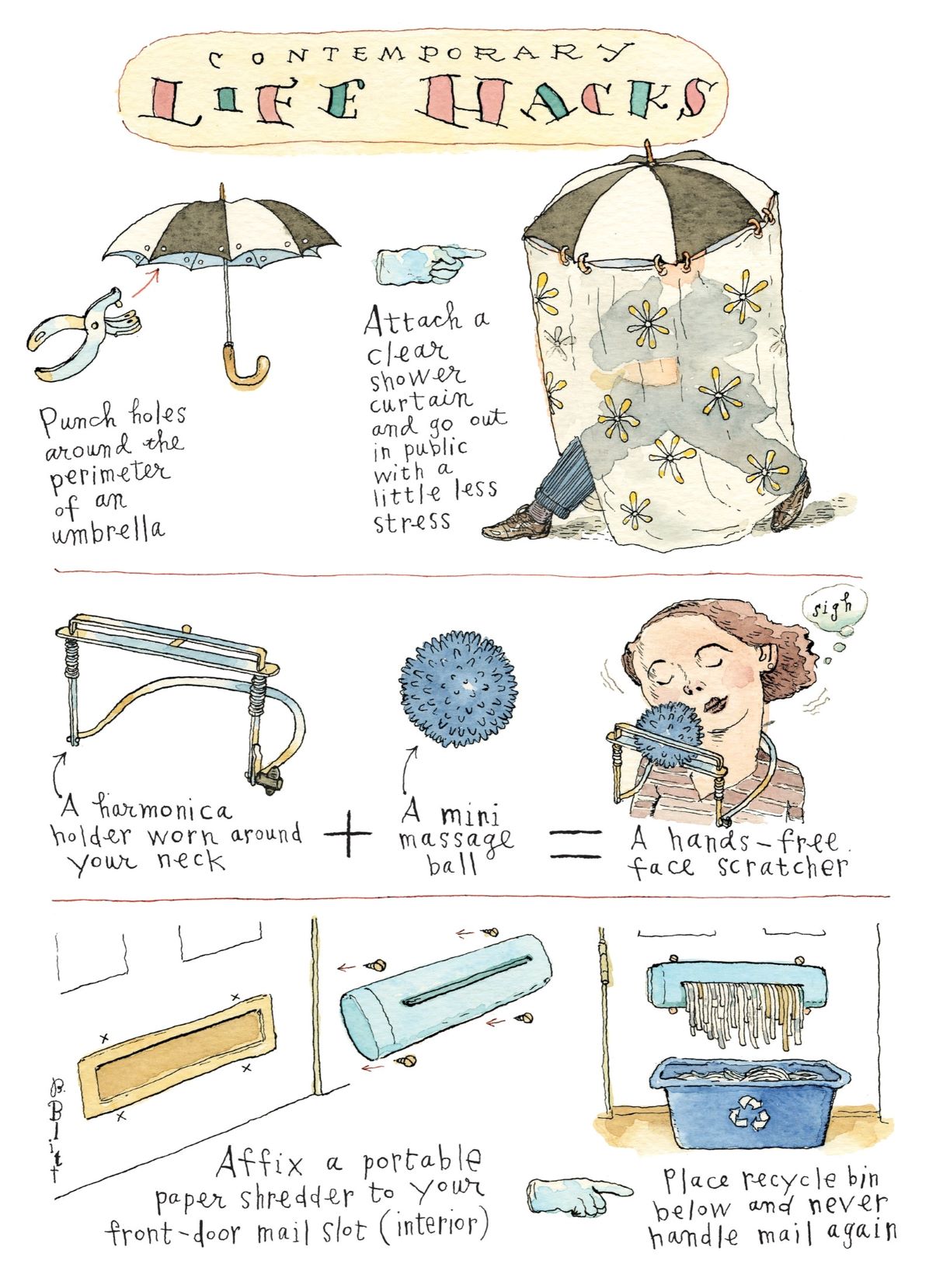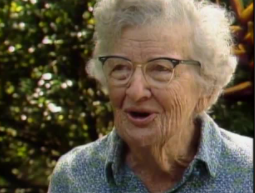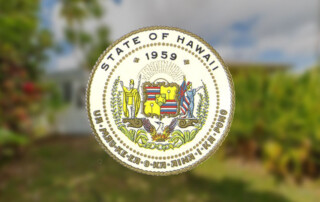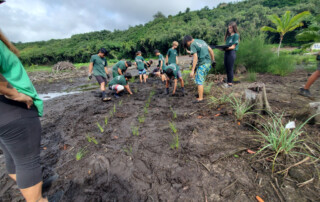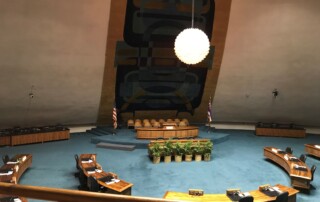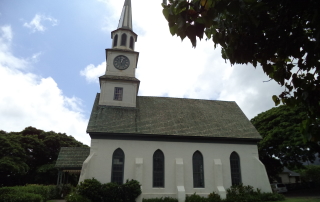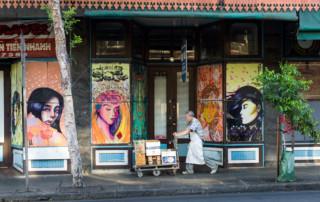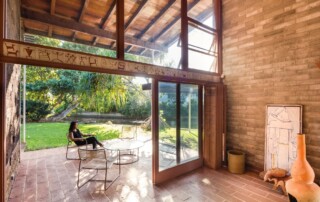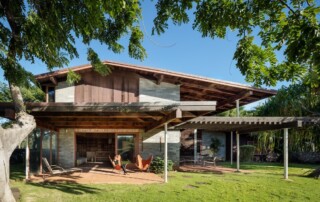Mid-Pacific Institute Students Encounter the Significance of Preservation through Historic Cemeteries
In Humanities Teacher Billie Napoleon's Historic Preservation class at Mid-Pacific Institute, high school students learn the value of buildings and places in their community through personal experiences. "The lessons have to be relevant so that the students care about the projects," explains Napoleon. "We have to start with the personal, rather than first diving into preservation policy." This past semester, her students were exposed to historic cemeteries and invited to think about them as places of history and connection and as places worth preserving. Cemetery historian Nanette Napoleon was invited to give a special presentation to the class and helped provide context for this perspective. Students were tasked with an assignment: to visit the grave of a relative with a family member and to write a reflection about the experience. Thanks to Billie and our collaborative partnership, HHF is pleased to share a few of these insightful essays below.* We applaud the ingenuity and resourcefulness of this lesson plan; how it enabled students to engage with a historic site safely and together with family members. Mahalo to Billie, Nanette, the students and their families! [su_divider top="no" size="1"] Cemetery Visit: Valley of the Temples (Kāne‘ohe, HI) by Sydney Tsuruda Overall, the Valley of the Temples Memorial Park is a very well manicured and maintained place. The site has a beautiful scenic view from every point. The Ko’olau mountains add to the amazing Hawaiian aesthetic and the abundance of native Hawaiian plant species contribute to the lush nature of the land. The cemetery is rather quiet and makes me feel a sense of tranquility and peace. I went with my mom to visit her grandparents. She told a story about how she would often stay at their [...]


